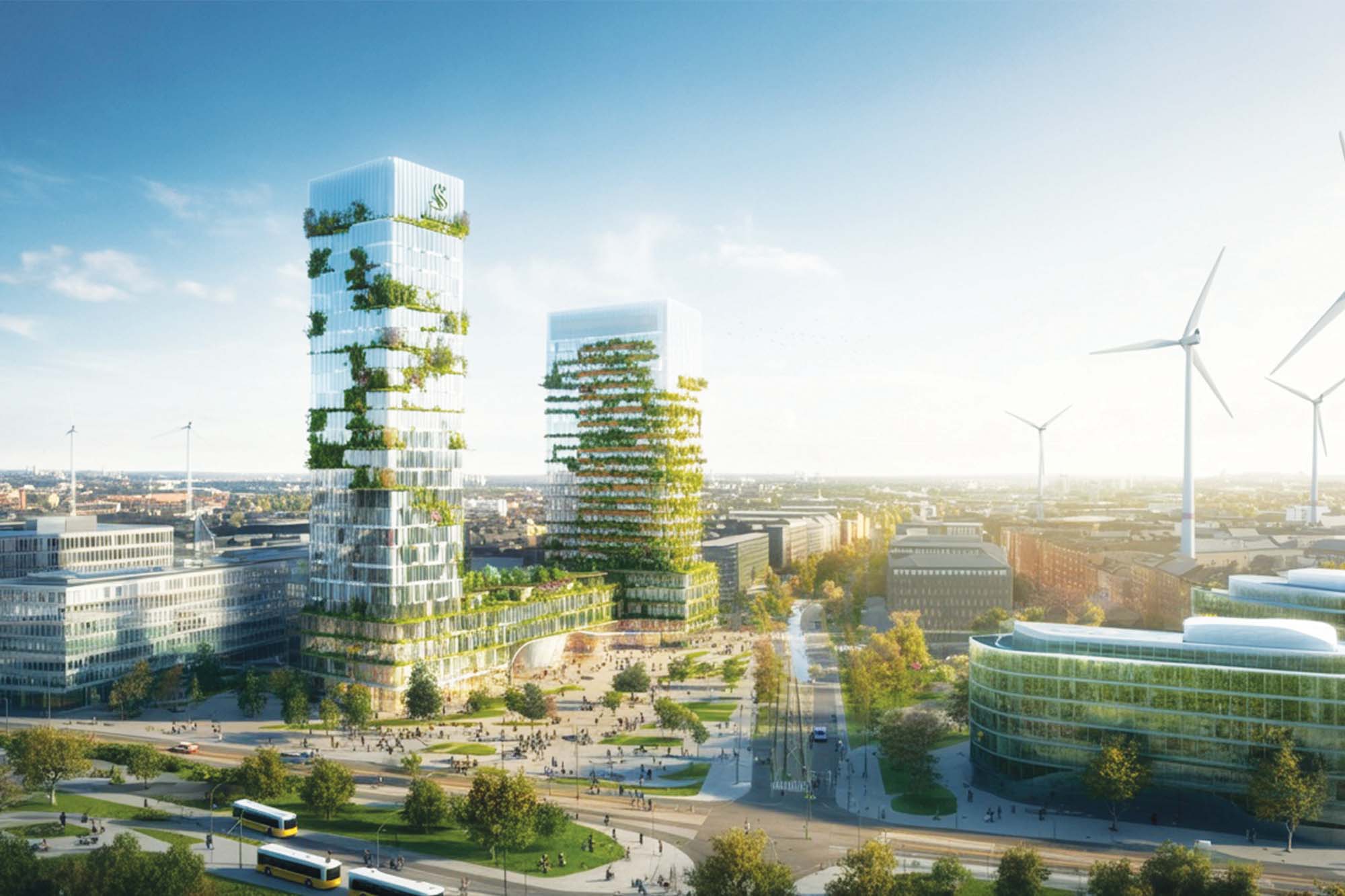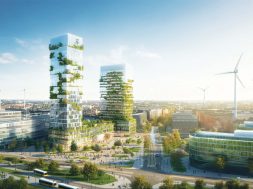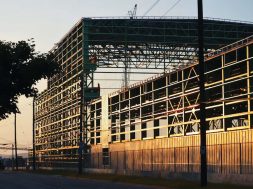A call for Energy efficiency & Net zero

While the unprecedented boom in the construction sector has brought economic opportunities and improved living standards, it has also resulted in significant environmental challenges. The urgent need to mitigate these challenges has made us re-evaluate the energy needs of the built environment. There is a significant need to reduce energy consumption and the associated greenhouse gas emissions. India’s architecture and construction sector is on its path to developing well-designed, energy-efficient buildings that can offer better indoor air quality, thermal comfort, and enhanced occupant well-being.
In an online interaction by ACE Update Magazine, acclaimed architects and industry experts specialising in energy-efficient construction practices share their views on the trends and design strategies for achieving net zero. They discuss the methods and challenges to renewable energy integration, barriers to implementing energy-efficient practices in India, and the potential challenges in decarbonising the cement industry.
Renewable energy integration
Prof. Bandana Jha, Professor, School of Planning & Architecture, New Delhi, sheds light on emerging photovoltaics and wind energy trends. “Building-integrated photovoltaics (BIPV) is now widely available, even in India. Earlier, we used to install photovoltaics separately, but now they can be integrated into buildings—whether on rooftops, walls, or even window glazing, which can function as photovoltaics.,” opines Bandana. “We also have access to wind and geothermal energy, which are largely available in India.,” adds Bandana.
Ar. Shreya Srivastava, Founder & Principal Architect, Studio Shunya, shares her thoughts on renewable energy integration. “Instead of just placing solar panels above flat terraces, we can integrate them into roofs—whether sloping or angled—which provides coverage for our rooms and helps harness energy. Geothermal energy is a very interesting way of integrating renewable energy into buildings. It does not take up a lot of space and can be incorporated during the foundation-digging process.,” opines Shreya.
Barriers to renewable energy adoption
While renewable energy sources are available in India, lack of awareness, infrastructure, and the absence of strong regulations have decreased their adoption. “Around 80 percent of our existing buildings lack photovoltaics. The government needs to push to make it mandatory, especially for commercial and institutional buildings, to source at least 10 to 20 percent of their energy from renewable sources. Only then will citizens invest in renewable energy generation.,” comments Bandana.
Energy-efficient practices for India
Dr. Mala Singh, Founder & Director, PEC Greening India, shares her thoughts on implementing energy-efficient practices in India and why they are unsuccessful. “When we talk about the commoner, for example, in residential societies where many people live across Bharat, there needs to be mass awareness about energy efficiency. There is already a buzz in the market about energy-efficient products. However, from a development point of view—whether it’s a real estate player or an organisation looking to procure more energy-efficient materials—there is still a lack of knowledge about efficient products.,” comments Mala.
Mala also shares the efforts taken by IGBC in this regard. She says, “IGBC is already working on energy efficiency by promoting star-rated products and technology. Professionals designing certified green buildings are already prioritising efficiency.” She also emphasises the need for the government to scrutinise the effort. “I feel that the government needs to conduct more aggressive campaigns to raise awareness of these issues. While efforts are being made, they are not as strong or widespread as needed.”
Mala also walks us through the constraints of adopting energy-efficient practices in the residential and commercial sectors. “If you see the residential sector, there is enough roof space, but the kind of generation required to compensate for the entire building load is still a challenge. Things are progressing, but roof space remains a constraint for commercial buildings because of air conditioning equipment installed on the roof.”
Decarbonising the cement industry
Cement is an inevitable component of the construction cycle, so it is one of the hardest sectors to decarbonise. Shruti Dayal, Senior Program Associate – Climate, Economics, & Finance, World Resources Institute India, shares her thoughts on the key technical and financial challenges of decarbonising the cement industry. “Process emissions in the cement sector are the most difficult to abate. The sector has explored other approaches, such as using alternative fuels like waste materials. However, the availability of alternative materials remains a challenge. Additionally, the physical and chemical properties of these alternative fuels differ from those currently in use.,” asserts Shruti.
She says, “Emission reduction technologies like carbon capture are in a very nascent stage. Even globally, discussions are ongoing about their effectiveness, with most projects still at the pilot scale. The effectiveness of carbon capture in India is still being studied, and there is no clear estimate of storage capacity.” Shruti also sheds light on green steel and cement, which could be game changers in the future. “On the demand side, the steel sector recently saw the Ministry of Steel launch a green steel taxonomy. Similarly, discussions on a green cement taxonomy are needed to generate demand for green cement. Establishing standards for green cement and defining what qualifies as green cement will be crucial for driving industry-wide adoption.”
Building design trends to reduce energy demands
Ar. Shreya shares her inputs on why reducing the energy demand is important rather than increasing the energy efficiency. She highlights the design trends that could promote this. “The building envelope plays a huge role in how a building will require energy to operate. Large windows have become a trend. We have to design according to the sun. If there is a south-facing or west-facing opening and you’re incorporating large openings without louvres or sunshades, you are bringing in a lot of heat, increasing the load on the HVAC system. That, in turn, increases energy demand. The foremost step is to develop a building envelope that minimises heat gain and reduces cooling demand. To achieve this, fenestration, openings, and the building envelope play a crucial role.,” comments Shreya.
Role of technology
Prof. Bandana shows how technology is being leveraged to achieve energy efficiency. “Simulations can now be done with several available software options. You can simulate your building and see its energy efficiency in terms of orientation, wall-window ratios, and envelope materials. This allows you to create a digital twin of your building and measure its efficiency. At the design level, Building Information Modeling (BIM) can be used before construction to resolve any disputes and potential clashes at the construction stage. Smart building controls and automated energy management systems are also available.,” says Bandana.
Cookie Consent
We use cookies to personalize your experience. By continuing to visit this website you agree to our Terms & Conditions, Privacy Policy and Cookie Policy.










